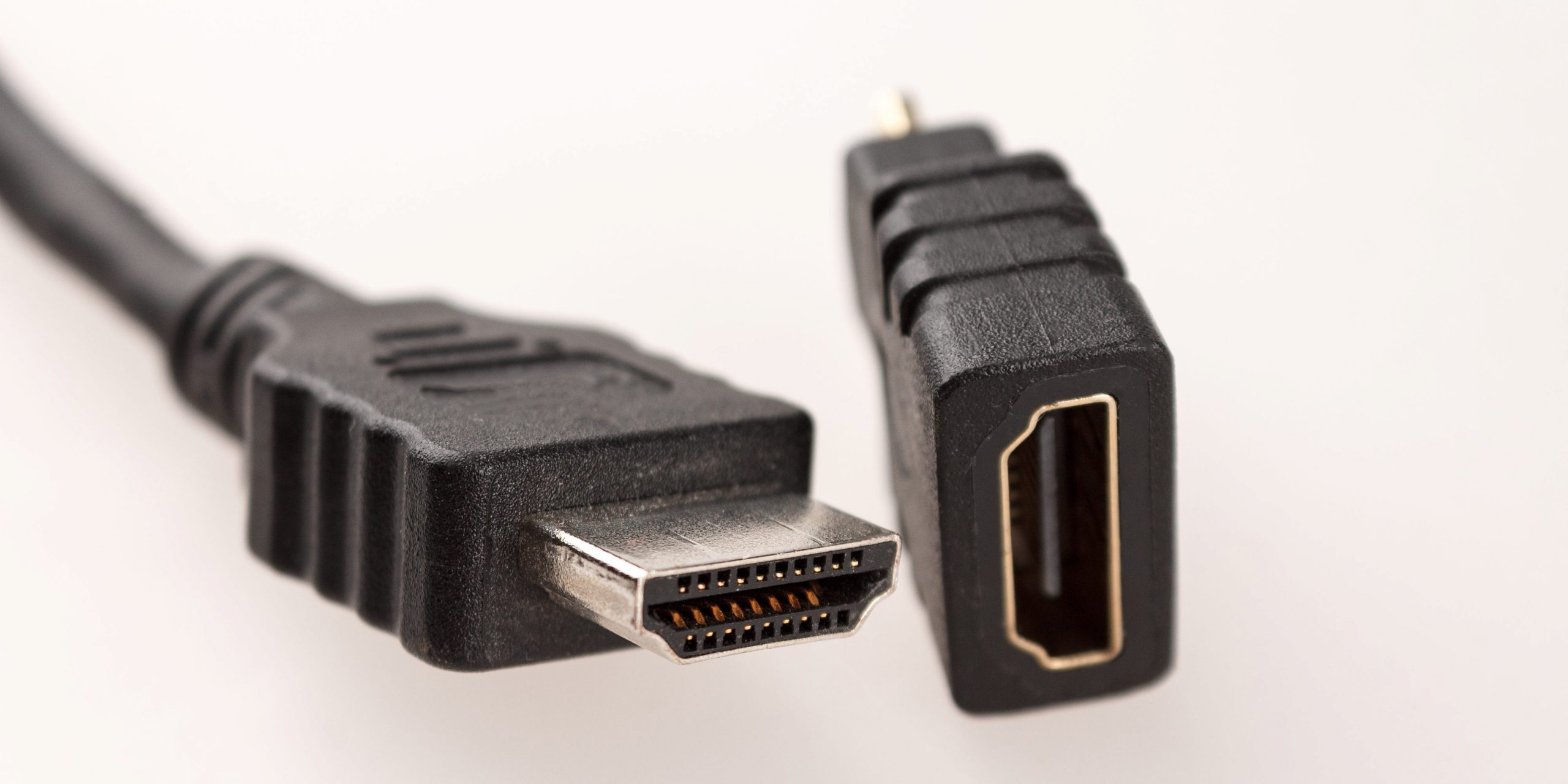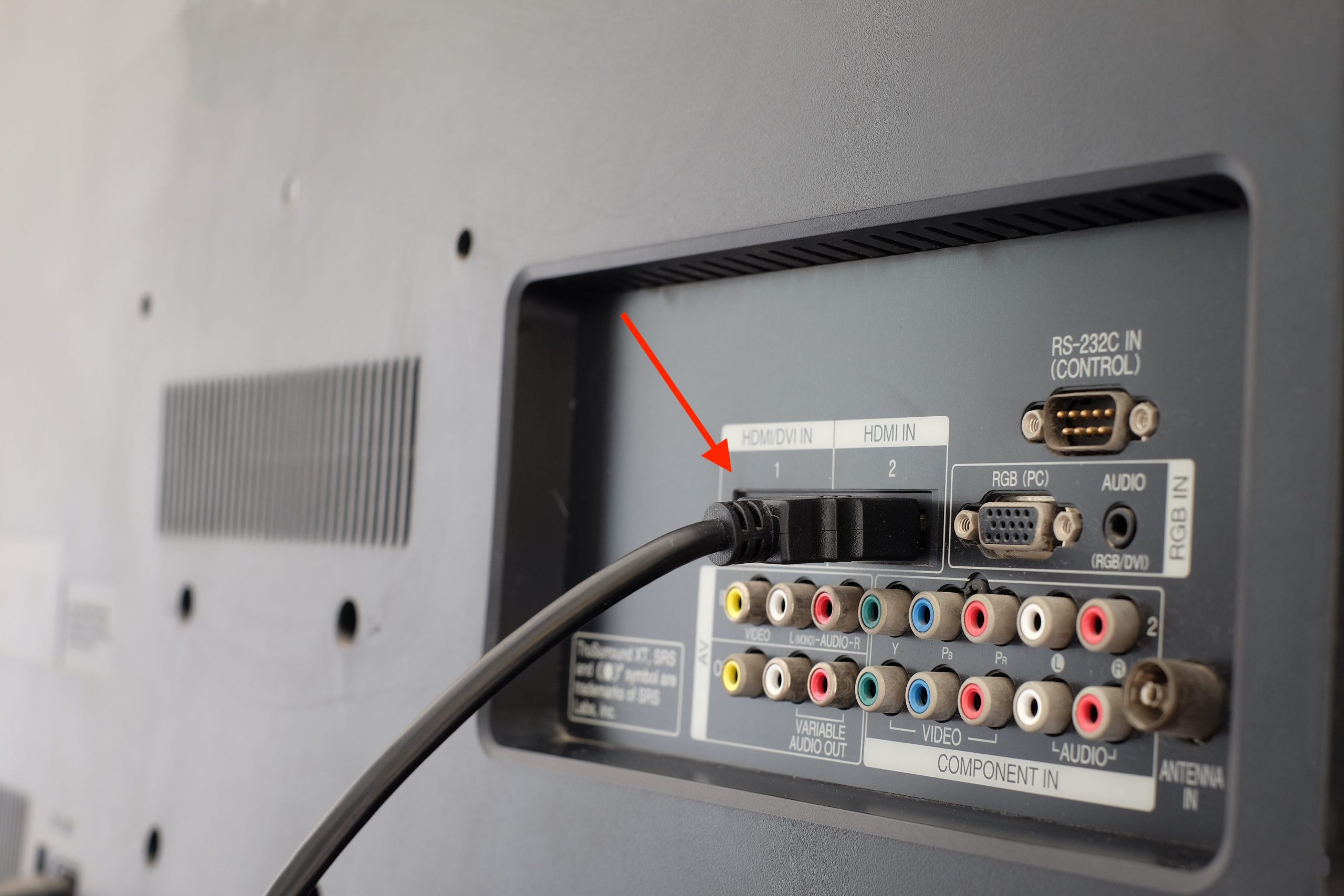
Daniil Dubov/Getty Images
- HDMI cables give users a singular streamlined way to transfer audio and video between dozens of different kinds of devices.
- HDMI stands for High-Definition Multimedia Interface, which refers to a form of digital data transfer – a way to get an audiovisual signal from one device to another.
- Visit Insider's Tech Reference library for more stories.
If you're trying to find a way to set up a new device with your TV, or share media in some other way besides casting, you've probably come across the term HDMI cable in your search.
You've also, however, probably come across the names of other cables, too – and cable combinations, device suggestions, different terms for different types of cables – overall, it can be a bit confusing to try to learn the definition of each acronym and remember the shape of their ports.
The HDMI cable is one of the most common and versatile cables out there, used for all kinds of things, from televisions to laptops to streaming devices and more. When first foraying into the world of tech accessories, this is one of the most essential ones to learn about.

wachira aekwiraphong/Getty Images
What to know about HDMI cables
HDMI stands for High-Definition Multimedia Interface. An HDMI cable is a single cable that is able to transmit audio and video from one device to another with one of these HDMI connections, rather than the two- to three-wire combos people needed before HDMI became more common.
Benefits of HDMI
HDMI was invented to create a new standard that would be useful across a number of devices, while also combining audio and visual input to make the wiring less complex for consumers. Before we had HDMI, people who wanted to hook up any kind of audiovisual equipment usually had to plug in two or three different wires in the right places in order to be able to properly display sound and picture.
These previous connections were also far less standardized - hooking up a Nintendo GameCube to your television was different than trying to hook up a DVD player, which was different than hooking up a digital camera. Having the singular, standard connection type has made it far simpler to navigate a world of increasingly complex technology.
That's not the only reason that a new data transfer format became necessary, though. When HDTV came onto the scene in the mid-2000s, it became necessary to create a new standard that has the capacity to reliably transmit high-definition signals. HDMI transfers have more bandwidth and a higher refresh rate per second, which means that pictures and sound are much smoother and higher quality.